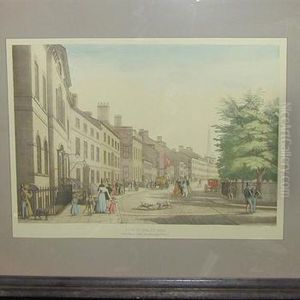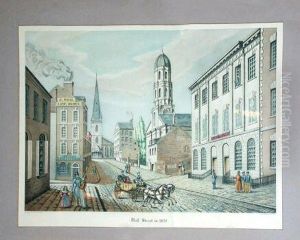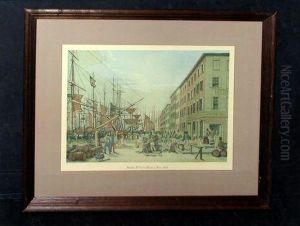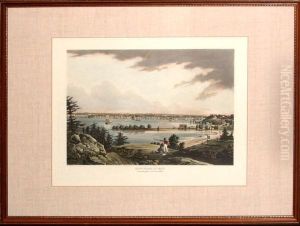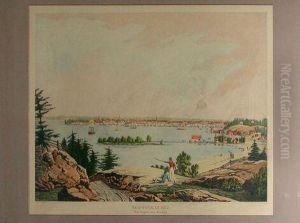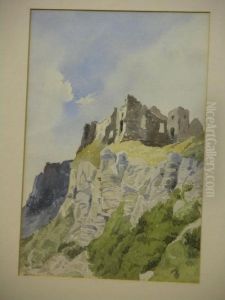Frederick Lucas Foster Paintings
Frederick Lucas Foster, born in 1825 and passing in 1900, was an artist whose life and works remain less known in the broad spectrum of art history. Despite the scarcity of widespread recognition, Foster contributed significantly to the art world of his time, primarily through his landscape paintings. Foster's artistic journey reflects the broader movements of the 19th century, where art began to shift away from classical subjects and towards a more direct engagement with nature and the environment.
Foster's work was deeply influenced by the Hudson River School, a mid-19th century American art movement embodied by a group of landscape painters who were inspired by romanticism. Although not officially associated with this movement, his works often mirrored the Hudson River School's emphasis on depicting the American landscape in a detailed, idealized manner. He was known for his meticulous attention to the subtleties of light and shadow, which brought a lifelike quality to his depictions of the natural world.
Throughout his career, Foster struggled with the challenge of gaining recognition in an era that was crowded with numerous talented artists. Despite this, he managed to exhibit his works in several prestigious galleries, and his paintings were well-received by those who came across them. His passion for the American landscape and his ability to capture its essence on canvas left a lasting impact on those who had the privilege of viewing his work.
Foster's legacy, although not as prominent as some of his contemporaries, remains important for art historians who study the evolution of landscape painting in America. His dedication to his craft and his ability to convey the beauty and majesty of nature through his art serve as a testament to his talent and vision. Foster's life and work continue to be a subject of study for those interested in the nuances of 19th-century American art, providing insight into the era's artistic movements and the artists who contributed to them.
